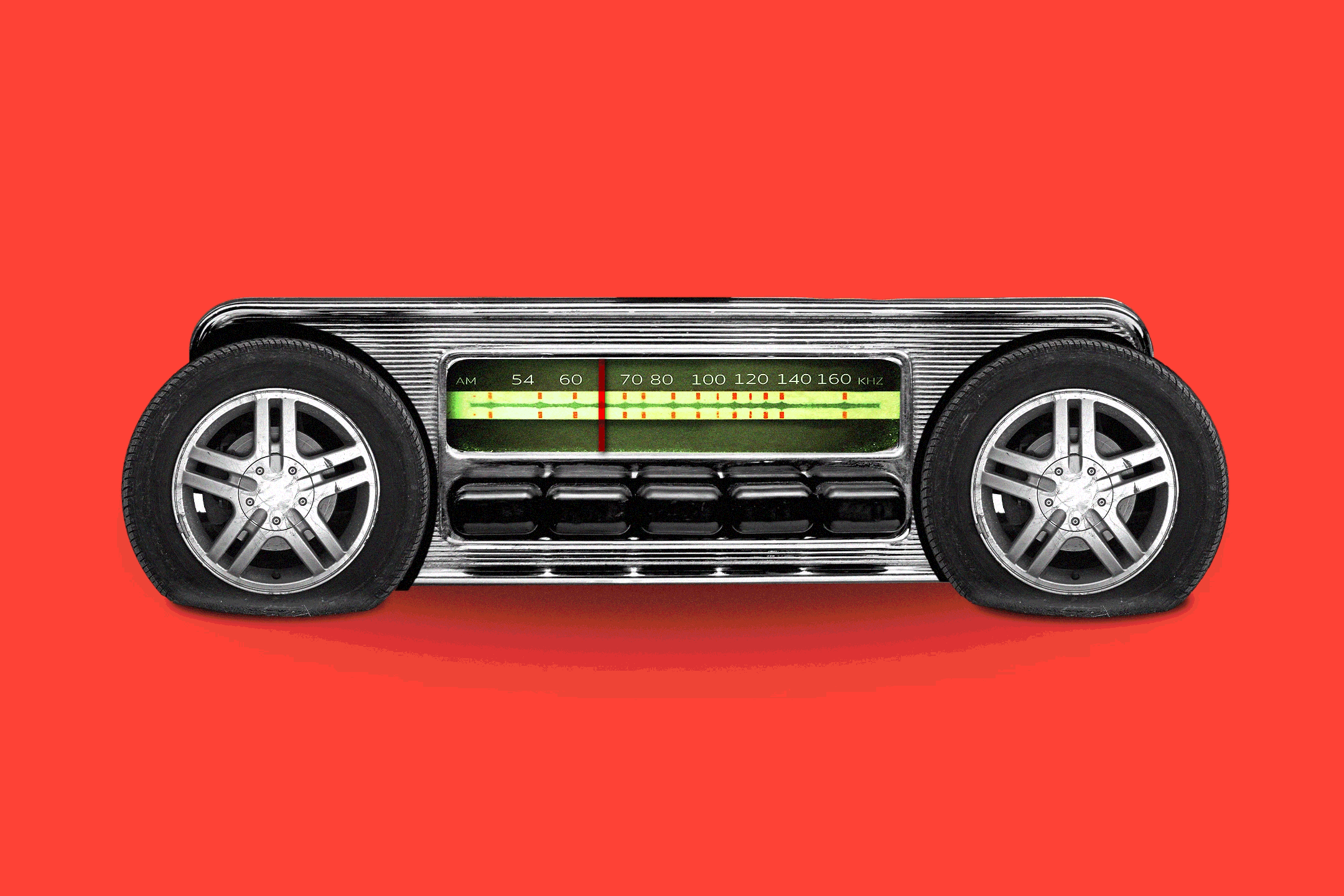Technology Gets in Its Own Way
- Share via
Alvin Cowans spent nearly $1 million for a house sporting all the technological conveniences -- from a stereo system that piped music to every room to telephone caller ID that flashed on the big-screen TV.
He had barely plugged everything in when the ghosts appeared.
Cowans heard them over his cordless phone, chattering like a fax machine even though he didn’t own one. And they played with the automatic garage door, sending it up and down when no one was home.
“I’ll go outside and see the door open and I’ll call my wife and she swears she closed it when she left,” said Cowans, a former defensive back for the Pittsburgh Steelers who now runs an Orlando, Fla., credit union. “It’s like some of these things have a mind of their own.”
Digital poltergeists are afoot these days as an explosion of garage door openers, television remotes, cellular phones and other wireless devices create quirky and potentially dangerous interference in the increasingly crowded airwaves.
So-called signal leakage ranges from the mundane -- like TV static when the vacuum cleaner runs -- to the serious -- like baby monitors interfering with airplane navigation equipment. The latter happened in May when pilots flying into London’s Luton airport heard cries broadcast by a baby monitor on the ground that drowned out communications from air traffic controllers.
The Federal Communications Commission, which polices airwaves in the United States, has seen the number of complaints about interference jump to more than half a dozen a day from almost none in the 1970s. Over the last two years the agency has boosted its engineering staff by 15% and spent $5 million on new gear to test products for interference.
“We are seeing -- with the expansion of wireless products -- the potential for a lot more interference,” said Jack Black, business development manager for DLS Electronic Systems Inc., in Wheeling, Ill., one of the largest electronic testing labs. “If we don’t do [something] you are going to see more electromagnetic interference.”
But FCC Chairman Michael K. Powell has proposed less, not more, government regulation of the publicly owned radio spectrum. His bet: The same companies that spend billions of dollars to lease parts of the spectrum will find ways to minimize interference.
Most interference problems are caused by transistors. They act as small radios inside electronic products, sending and receiving signals that travel in limited frequencies on the radio spectrum, like cars driving side-by-side on a multi-lane highway.
The lanes on the electronic freeway can be very close together, however. Garage door remotes operate at around 40 megahertz while some cordless phones use the band between 40 and 50 MHz. Baby monitors broadcast coos and whines at 49 MHz. Mobile phone operators occupy parts of the 800-MHz band as well as from 1,850 to 1,990 MHz.
The FCC tries to impose lane discipline. But when signals leak outside their frequency, or when two devices share the same frequency or broadcast with too much power, the results can be unpredictable. And because all electrical devices leak tiny amounts of electromagnetic radiation, virtually any modern gadget has the potential to interfere with anything around it.
That’s why the airlines are so strict about passengers not playing a Game Boy or listening to a Walkman during takeoff and landing, when electronic navigation and communication gear in the cockpit is most crucial.
German scientist Peter B. Ladkin, who studies electronic interference, said mobile phones are particularly prodigious producers of interference.
“As far as I am concerned, cellphones have to be turned off, not on standby but turned off, from the moment the aircraft is anywhere near the runway environment until the aircraft leaves the runway environment on landing,” said Ladkin, a computer science professor at the University of Bielefeld. “No exceptions.”
Ladkin took an interest in interference in the early 1980s, when he was living near Oakland International Airport. He noticed that on rainy days when airport controllers used certain frequencies, his garage door would open on its own.
Although the FCC runs a program to certify that electronic equipment sold in the United States will not emit harmful electromagnetic interference, the agency concedes it can test only a fraction of the electronic gear. Instead, it depends on tests manufacturers submit.
Those are far from foolproof, as the agency found after allegedly “FCC certified” television antennas designed for recreational vehicles interfered with the Coast Guard’s global positioning systems, said Edmond J. Thomas, chief of the FCC’s Office of Engineering and Technology.
The problem was underscored five years ago in Dallas, shortly after the nation’s first digital television station went on the air. Broadcasts by WFAA-TV immediately began interfering with about 60 wireless heart monitors at Baylor University Medical Center.
No one died or was injured, but the hospital had to buy $200,000 of new equipment.
As in the Dallas case, it is often the introduction of new technology that triggers airwave interference.
“Cellular was really the major change,” said the FCC’s Thomas. Before the arrival of mobile phones, Thomas said, airwave interference was easily detected and fixed. But today, “new capabilities are being brought to the marketplace that require state of the art technologies” to detect and troubleshoot.
“A lot of this wireless stuff is not ready for prime time,” said Richard Rose, chief executive of the Atlanta computer consulting firm Practical Solutions. “I tell my corporate folks, ‘Don’t install a wireless network. Go wired.’ There are too many interference and security issues.”
Most interference is just inconvenient. Rose once stalked around his office looking for intruders after he heard people talking. He later determined that the voices were broadcast over his computer speakers by two-way radios used by workers at a different company.
Jennifer Anderson Smith, a Havertown, Pa., mother of four, has gone through four baby monitors in four years in an unsuccessful search for an interference-free device.
Smith said that instead of hearing her infant son over the monitor, “I would sometimes hear my neighbors’ phone conversations, and I said to myself, ‘Hey, that isn’t David. He can’t even talk yet.’ ”
Although interference is a minor annoyance to most, it can be costly to commercial users who depend on the airwaves for their livelihood. And because the spectrum is finite, they don’t want newcomers encroaching on their valuable turf.
Broadcasters are organizing against an FCC proposal that would allow wireless computers and other devices to use a portion of the spectrum assigned to television broadcasts. Similarly, public safety officials want the FCC to evict cellphone carriers from certain frequencies to minimize interference with police and firefighter radios.
Although the federal government has more than doubled the amount of airwaves devoted to carrying wireless phone calls, the industry’s appetite is taxing even that. And while most countries boast a single technology standard for cellphone transmissions, there are three major standards in the U.S., making it hard for the wireless industry to use the spectrum efficiently.
To free up more airwaves, FCC Chairman Powell proposes a radical idea called “interference temperature.” The concept would allow more users to share the airwaves by using transceivers that shut off or skip to another frequency when they encounter a conflict.
“The time has come to consider an entirely new paradigm for interference protection,” Powell declared in a speech last year at the University of Colorado at Boulder. “Transmitters would be required to ensure that the interference level -- or interference temperature -- is not exceeded. Receivers would be required to tolerate an interference level.”
The idea has shown some promise. Last year, the Pentagon objected to allowing the fast-growing market for wireless computing equipment to use the 5-gigahertz frequency band, saying the technology, known as Wi-Fi, would interfere with military missile radar. After testing the claim, FCC engineers brokered a solution that requires Wi-Fi devices on the 5-GHz band to use dynamic frequency selection and shut down when they sense competing military use of the airwaves.
“The Wi-Fi device looks for the radar signal,” the FCC’s Thomas said. “If it detects it, it moves to another part of the band.”
But some experts say frequency hopping is not a long-term solution. For starters, it makes tracking interference more difficult. Some cordless and cellular phones already do not confine themselves to easily identified frequencies and instead hopscotch all over to find unused channels.
“The problem is that beyond a certain number of users in a given band, these technologies tend to fall apart,” said John K. Daher, a research engineer at the Georgia Tech Research Institute. “A handful of these devices is fine. But beyond a certain point they start to conflict with each other.”
More to Read
Inside the business of entertainment
The Wide Shot brings you news, analysis and insights on everything from streaming wars to production — and what it all means for the future.
You may occasionally receive promotional content from the Los Angeles Times.










